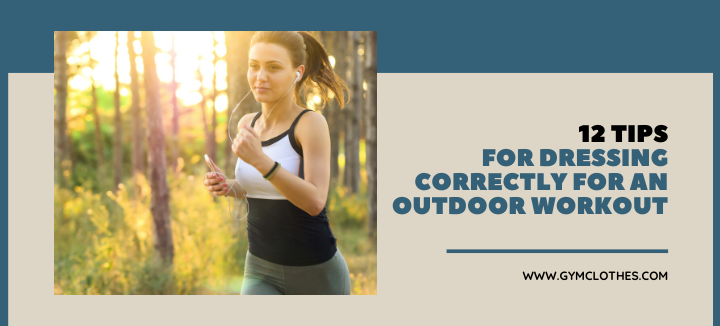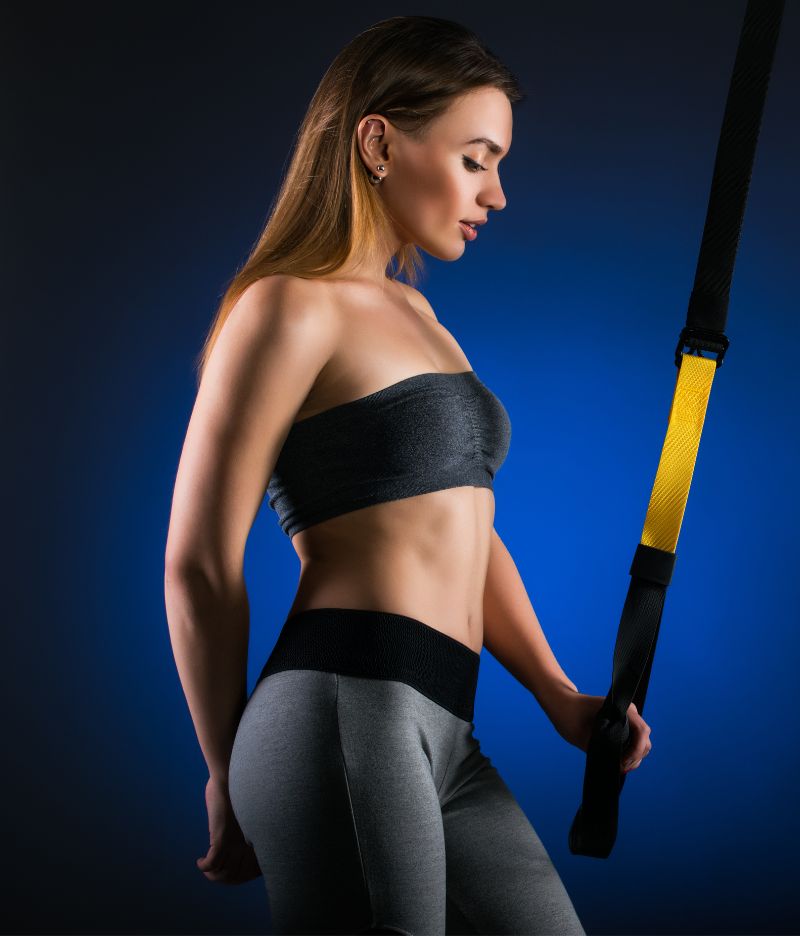12 Tips For Dressing Correctly For An Outdoor Workout

There are many benefits to an outdoor workout, such as fresh air, improved emotional well-being, and, of course, the fact that it’s free. You can achieve excellent workout results outside just with a pair of sneakers and a resistance band like the hip circle band here. However, you want to make sure you are dressed correctly for all outdoor conditions to get the maximum benefits from your workout.
Here are some handy tips for dressing correctly for outdoor workouts in all weathers.
#1 Layer Your Clothing
If it’s cold outside, layering your clothing will allow the air to circulate between the layers as you exercise. Layers will also help maintain your body heat, and you can easily remove layers as things heat up.
#2 Don’t Wear Cotton First
Before you don your cotton t-shirt, know that if you’re going to sweat, cotton traps in moisture, staying wet and therefore causing heat loss. This may be okay in warm weather, but in the cold, the best type of material to wear close to your body needs to keep sweat away. Choose fabrics such as polyester, nylon, polypropylene, bamboo, or silk.
#3 Choose Adequate Mid-layer Clothing
If you need more than one layer, you want to choose something light and breathable while providing some insulation. Polyester, fleece, wool, synthetics, and down are all popular choices. They allow the air to circulate while giving warmth. You may want to use a vest so that your arms are free to move while you exercise, yet your core stays warm.
#4 Protect Yourself From Wind And Rain
The outer layer needs to protect from the wind and rain, so anything that blocks wind and is waterproof is perfect. If you choose a windbreaker with a zip, you can easily unzip it if you get too warm.
#5 Wear A Hat
There is a popular myth that we can lose as much as 50 percent of our body heat from our heads. While this is far from the truth – it’s closer to 7-10 percent – you still want to cover your head if you’re outside in cold weather. Choose a fleece or wool hat that will keep you warm without absorbing sweat.
Equally, if you’re working out in hot weather or bright sunshine, wearing a hat can help prevent sunstroke or sunburn.
#6 Try A Neck Gaiter
You’ll usually see neck gaiters on skiers, but they’re great for running to keep your neck and face warm. You can easily pull it up to cover your mouth to trap heat when you first start running and then lower it as you warm up.
A buff – a microfiber fabric tube – does the same job and can be worn in various ways.
#7 Wear Gloves
When it’s cold, we can lose heat through our hands and fingers, mainly since they are not working hard while we run. Wear gloves – unless it’s icy, in which case mittens are a better choice since keeping your fingers together will help conserve body heat.
#8 Wear Running Pants
Your legs will most likely be working hard, so they won’t need as many layers as your upper body. Wear some running pants made of polypropylene, silk, bamboo, polyester, or nylon.
If it’s freezing or with a significant wind chill factor and you want an extra layer for your legs, you can wear a windproof layer such as track pants over a pair of tights.
#9 Skip The Mesh On Your Shoes
Mesh on sneakers means that moisture from snow or rain can seep into your shoes and, therefore, your feet. Choose shoes with as little mesh as possible to keep your feet dry while you move.
#10 No Cotton Socks
Cotton socks may be comfortable at home, but they are not ideal for an outdoor workout because they keep moisture trapped inside your feet, which can cause blisters.
Choose socks made of a material that will wick away sweat, such as acrylic, wool (for winter), polyester, or nylon.
#11 Bright Colors For Warm Weather
If you are working out in warm weather, know that dark colors absorb the heat, so wear light colors such as white which reflects light and doesn’t retain heat.
In extra hot weather, you can dampen your top before you go out so that your body stays at its natural temperature for as long as possible.
#12 The Hotter The Weather, The Looser The Clothes
Choose loose-fitting clothing when working out in hot weather, as you want the air to be able to circulate as you exercise.
There you have it. You now know just what to wear for outdoor workouts!









